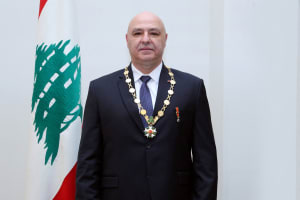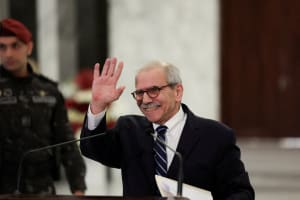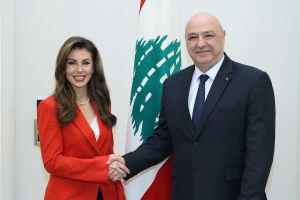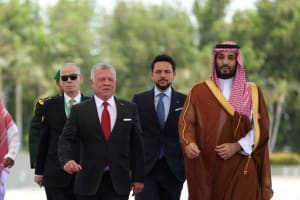Lebanon’s new gov’t is challenged by clashes as Syria combats Hezbollah smugglers
Hezbollah was kept out of direct involvement in new Lebanese gov't

With the new Lebanese government being formed amid the tense ceasefire with Israel, and long-standing economic issues, the recent clashes along its border with Syria come at the most inopportune time.
Monday morning was the first of calm after three days of intense clashes, which according to Lebanese media, were a result of an “extensive campaign” announced by the forces of the new Syrian government under the leadership of President Ahmad al-Sharaa, the former leader of the Hay’at Tahrir al-Sham (HTS) terror group.
The Syrian government said its forces “are extending their control over several localities of the border belt with Lebanon after having expelled groups affiliated with the Hezbollah militia and remnants of the former regime.”
“Some areas are still under Hezbollah control,” a source in the new Syrian army confirmed to the Lebanese outlet L'Orient-Le Jour.
The Syrian forces advanced on the area of Hawik, a border village on the Syrian side, to combat drug and weapon smuggling. The area was an important part of the smuggling and supply routes of Hezbollah.
The Syrian government is dominated by members of the former rebel groups which fought decade-long, bloody battles against the Assad regime and its most important supporters, Hezbollah and the Iranian regime.
The clashes reportedly broke out between former HTS fighters and members of Lebanese Shia tribes residing in the border areas and quickly spread to several nearby villages.
On Saturday, the Syrian troops launched fifty shells at Lebanese border villages, killing one and wounding eight other people. On Friday, three Lebanese were reported killed, and 10 injured, while a Syrian soldier was also killed.
Over the weekend, Lebanon’s President Joseph Aoun and Syria’s interim President Ahmad al-Sharaa talked on the phone and agreed to “coordinate efforts to control the situation and prevent attacks on civilians.”
The election of Aoun last month ended a two-year deadlock, during which Hezbollah had blocked elections for a new president, which is the most important post in the Lebanese governmental system.
After Aoun’s election, new Prime Minister Nawaf Salam was tasked with forming a government, which was announced last Saturday.
Hezbollah didn’t officially endorse Salam, who is a Sunni Muslim, and also didn’t directly nominate or choose cabinet members, depriving it of the ability to block government decisions which require a two-thirds majority.
However, Hezbollah’s Shia ally Amal, led by octogenarian Parliament Speaker Nabih Berri, chose four of the 24 cabinet members, including Finance Minister Yassin Jaber, who is reportedly closely linked to Hezbollah.
Shortly before the new government was announced, U.S. Deputy Special Envoy for the Middle East Morgan Ortagus, visited the country and demanded that Hezbollah be excluded.
“We have set clear red lines in the United States that [Hezbollah] won’t be able to terrorize the Lebanese people, and that includes by being a part of the government,” Ortagus stated after a meeting with Lebanon's new president, Joseph Aoun, in the presidential palace outside Beirut.
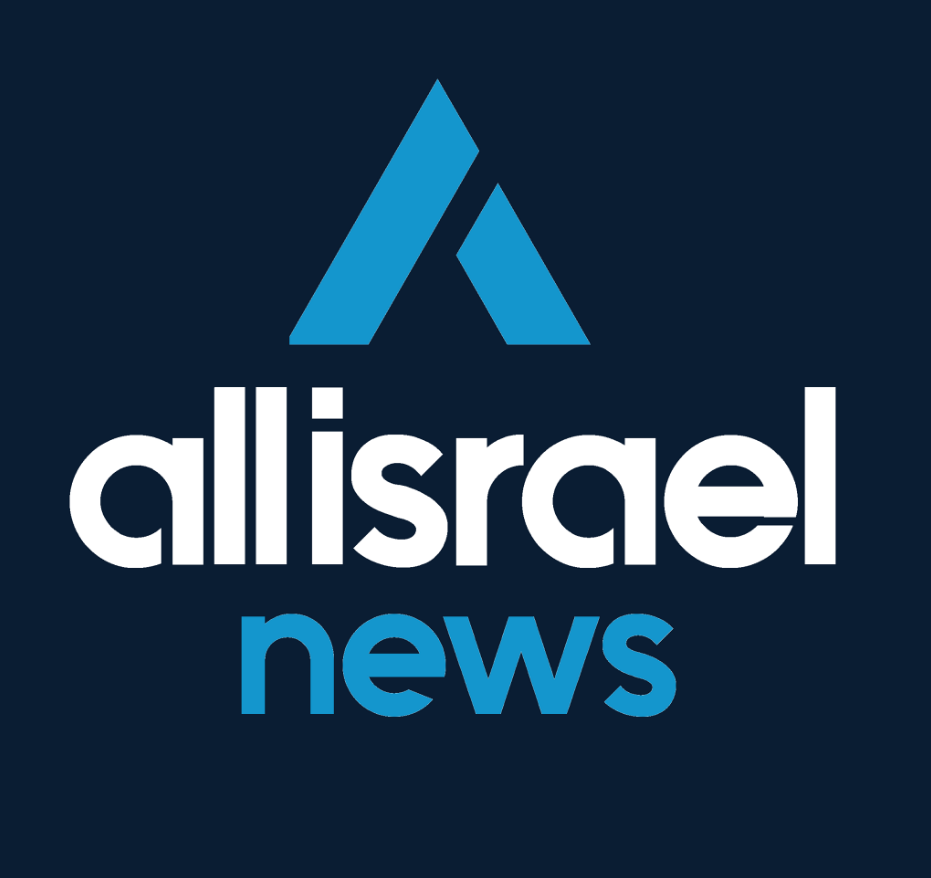
The All Israel News Staff is a team of journalists in Israel.
You might also like to read this:


